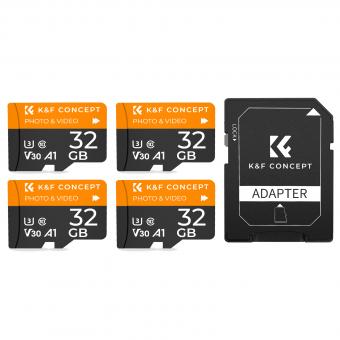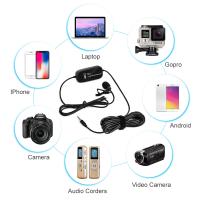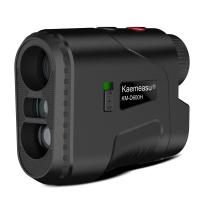Which Sd Card For Dash Cam?
Choosing the Right SD Card for Your Dash Cam: A Comprehensive Guide
When it comes to ensuring the safety and security of your vehicle, a dash cam is an invaluable tool. Whether you're using it to capture evidence in the event of an accident or merely to record your travels, one of the key components that determines the quality and reliability of your recording is the SD card you use. Many users overlook the importance of selecting the right SD card, but it can significantly impact the performance of your dash cam. In this article, we will delve into the practical considerations and technical specifications necessary for choosing the best SD card for your dash cam.
Understanding the Importance of Storage

Before diving into specific recommendations, let's first explore why the choice of SD card is crucial for dash cams. Dash cams are typically designed to record continuously, which means they need an SD card that can handle constant writing and rewriting of data. Subpar or incompatible cards can lead to corrupted files, skipped frames, and even complete failure to record in critical moments.
Types of SD Cards

SD cards come in various types and formats, including SD, SDHC, and SDXC. It's essential to understand these differences when making your selection:
- SD (Secure Digital): These cards have a capacity of up to 2GB and are typically outdated for modern dash cam requirements.
- SDHC (Secure Digital High Capacity): Ranging from 4GB to 32GB, these cards are more capable and are commonly used.
- SDXC (Secure Digital eXtended Capacity): With capacities exceeding 32GB and up to 2TB, these cards are ideal for long-term, continuous recording.
Key Factors to Consider

Capacity

The capacity of the SD card you choose will directly impact how much footage your dash cam can store before it starts overwriting older files. For most users, an SD card with 32GB to 64GB is sufficient, providing a balance between storage space and cost. However, for users who drive extensively or wish to keep longer video records, 128GB or even higher capacity SD cards are recommended.
Write Speed
The write speed of an SD card is critical for a dash cam. It determines how quickly the data is written to the card, which directly affects the quality and reliability of your recordings. Dash cams generally require a minimum write speed of Class 10, UHS-I speed Class 1 (U1), or higher to function optimally. The faster the write speed, the better the card can handle high-resolution video and rapid writing tasks.
Endurance
Dash cams continuously write and overwrite data, which can wear out an SD card. Endurance is thus a crucial factor to consider. High-endurance SD cards are specifically designed to endure the high usage demands of dash cams, making them the preferred choice for durability. These cards are manufactured to resist the frequent write and erase cycles typical in dash cam operation.
Recommended SD Cards for Dash Cams
SanDisk High Endurance Video Monitoring Card
- Capacity Options: 32GB, 64GB, 128GB, 256GB
- Write Speed: Up to 20MB/s (Class 10, U3)
- Endurance: Specifically designed for video monitoring, offering long-lasting durability.
Samsung PRO Endurance
- Capacity Options: 32GB, 64GB, 128GB, 256GB
- Write Speed: Up to 30MB/s (Class 10, U3)
- Endurance: Supports heavy recording workloads with enhanced endurance.
Transcend High Endurance
- Capacity Options: 16GB, 32GB, 64GB, 128GB
- Write Speed: Up to 45MB/s (Class 10, UHS-I)
- Endurance: Recognized for high endurance and reliability in continuous recording environments.
Format and Compatibility
Ensuring that your SD card is compatible with your dash cam is essential. Always check your dash cam's specifications to determine its compatibility with different SD card capacities and formats. Most dash cams support SDHC and SDXC cards, but it's best to verify before purchasing. Additionally, formatting the SD card in the dash cam before use is recommended to ensure proper functionality.
Regular Maintenance
Even with the highest quality SD card, regular maintenance is necessary to ensure sustained performance. Periodically format your SD card to mitigate file corruption and maintain optimal performance. It's advisable to replace the SD card every 1-2 years, depending on usage, to avoid unexpected failures.
Selecting the right SD card for your dash cam is more than just picking a card with sufficient storage. Careful consideration of factors like capacity, write speed, endurance, and compatibility with your dash cam model can significantly impact the quality and reliability of your recordings. Investing in a high-endurance, high-capacity SD card is a wise decision for ensuring that your dash cam can perform its crucial role effectively.
By following the guidelines and recommendations provided in this article, you can confidently equip your dash cam with an SD card that meets your needs and enhances the overall safety and security of your driving experience.





































